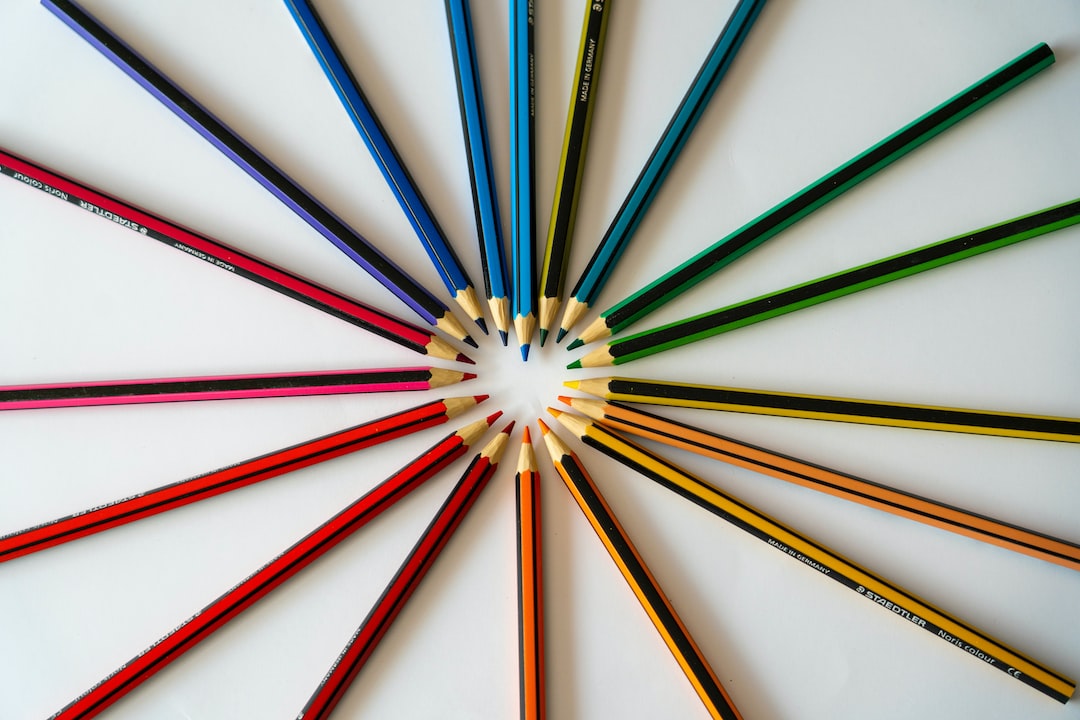The beauty of flowers is undeniable. Their vibrant colors, delicate petals, and soothing fragrances have the ability to brighten up any space and bring joy to the beholder. However, a simple bouquet of flowers can be transformed into a work of art through the skillful art of flower arrangement. The art of creating beautiful flower arrangements is more than just placing flowers in a vase; it is a thoughtful and creative process that requires an understanding of color, shape, texture, and balance.
The first step in creating a beautiful flower arrangement is selecting the right flowers. It is important to choose flowers that are in good condition and have healthy stems and blossoms. The color palette of the arrangement should be carefully considered to create a harmonious blend of colors. A mix of vibrant hues can create a bold and eye-catching arrangement, while a monochromatic palette can evoke a sense of elegance and tranquility.
Once the flowers have been selected, it is important to prepare them for arranging. This involves removing any excess foliage and thorns from the stems, as well as cutting the stems at an angle to allow for better water absorption. It is also recommended to use floral preservatives in the water to extend the lifespan of the flowers.
The next step is to choose a suitable container for the arrangement. The choice of container can greatly influence the overall aesthetic of the arrangement. A clear glass vase can showcase the natural beauty of the flowers, while a vintage or ceramic container can add a touch of charm and character. It is important to consider the size and shape of the container, as well as its compatibility with the chosen flowers.
Once the flowers and container are ready, the actual arranging process can begin. One of the key principles of flower arrangement is creating a sense of balance. This can be achieved through the careful placement of flowers, foliage, and other decorative elements. It is important to create a focal point in the arrangement, such as a larger or brightly colored flower, and then build around it with smaller flowers and foliage. The arrangement should have a sense of movement and flow, with different heights and angles creating visual interest.
In addition to balance, the use of texture is also essential in creating a beautiful flower arrangement. Different varieties of flowers and foliage can add depth and interest to the arrangement. For example, combining soft and delicate flowers such as roses with more textured flowers like chrysanthemums can create an interesting contrast. The use of different foliage, such as ferns or eucalyptus, can also add a touch of freshness and greenery.
Furthermore, paying attention to proportion is crucial in creating a visually pleasing arrangement. The size and shape of the flowers should be proportionate to the container and the overall space. Overcrowding the arrangement can make it look cluttered, while leaving too much empty space can create a sense of emptiness. It is important to find the right balance and create a composition that fits well within its surroundings.
Creating beautiful flower arrangements is not just a skill, but an art form in itself. It requires a keen eye for detail, a sense of creativity, and a deep appreciation for nature’s beauty. Whether it is a simple bouquet for a loved one or an elaborate centerpiece for a special occasion, a thoughtfully arranged flower arrangement has the power to uplift the spirit and bring joy to the heart. So next time you receive or purchase a bouquet of flowers, consider taking the time to arrange them in a way that truly showcases their beauty.
